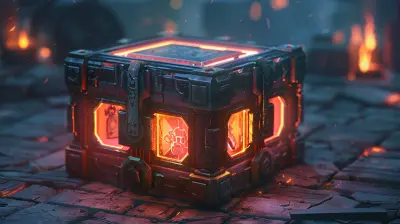From Chaos to Order: Mastering Traffic Flow in City Simulators
5 May 2025
If you’ve ever fired up a city simulator, you’ve probably experienced the all-too-familiar sight of traffic mayhem. Cars are stacked bumper-to-bumper, intersections become frozen in gridlock, and the once-pristine roads you've laid out are now a complete nightmare. Sound familiar? Don’t worry—you’re not alone. City simulators may start as a blank canvas, but mastering traffic flow can feel like trying to untangle a pair of headphones fresh out of your pocket.
So, how do you go from complete chaos to a smoothly flowing urban paradise? Let’s break it down, step by step.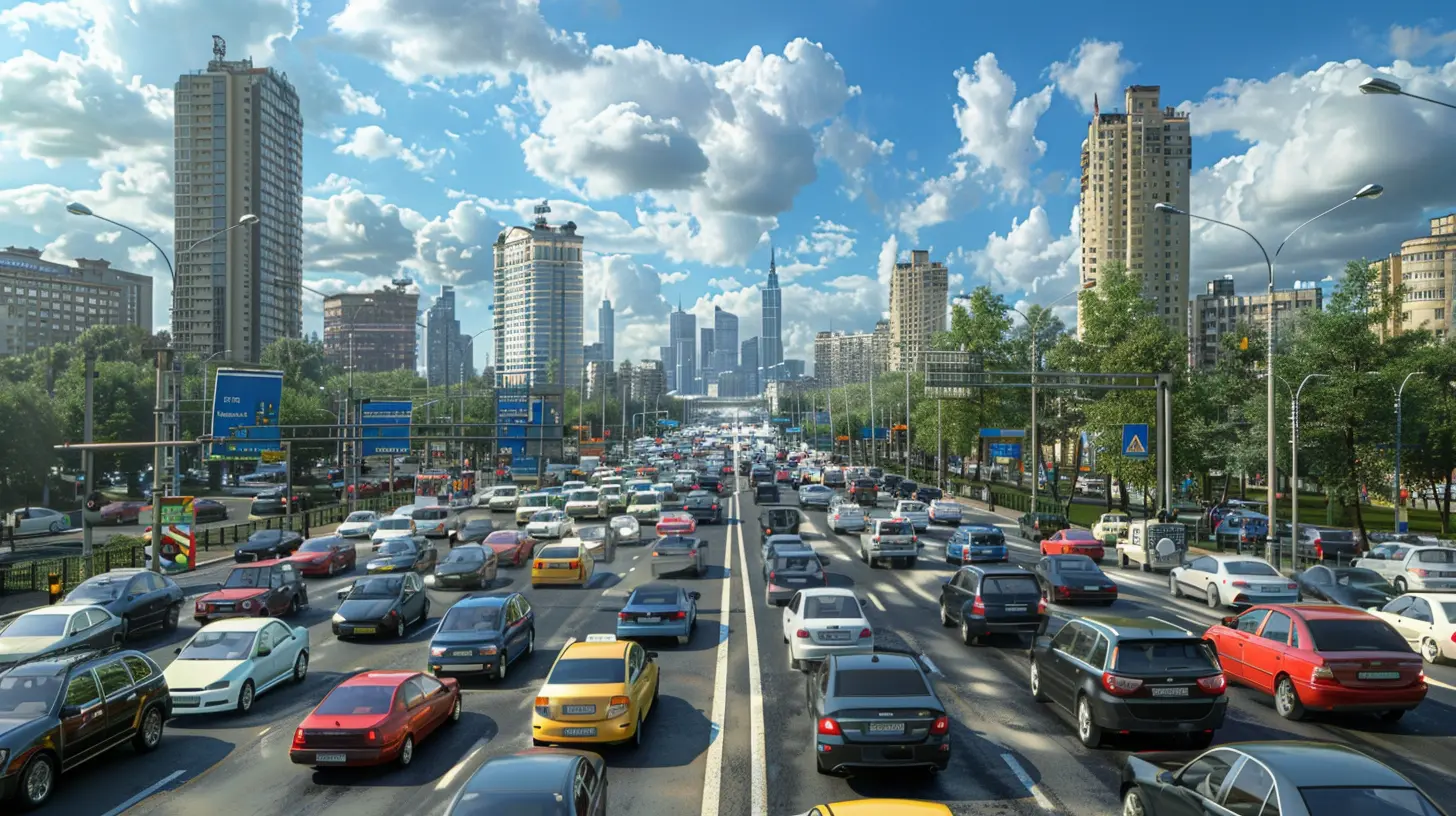
Why Traffic Flow is More Than Just Pretty Roads
Traffic management in city simulation games isn't just about making your virtual city look neat. It's the lifeblood of your city's economy and efficiency. Think about it—ambulances need to reach emergencies, goods need to travel to stores, and people need to get to work. If any of these systems fail due to traffic congestion, your whole city might grind to a halt.Picture this: A bustling metropolis with every other system, from power grids to schools, running like a dream—but the roads? They’re a hot mess. The end result? Businesses close, citizens move out, and your once-thriving city turns into a ghost town. Simply put, traffic is the backbone of your city, and getting it right is vital.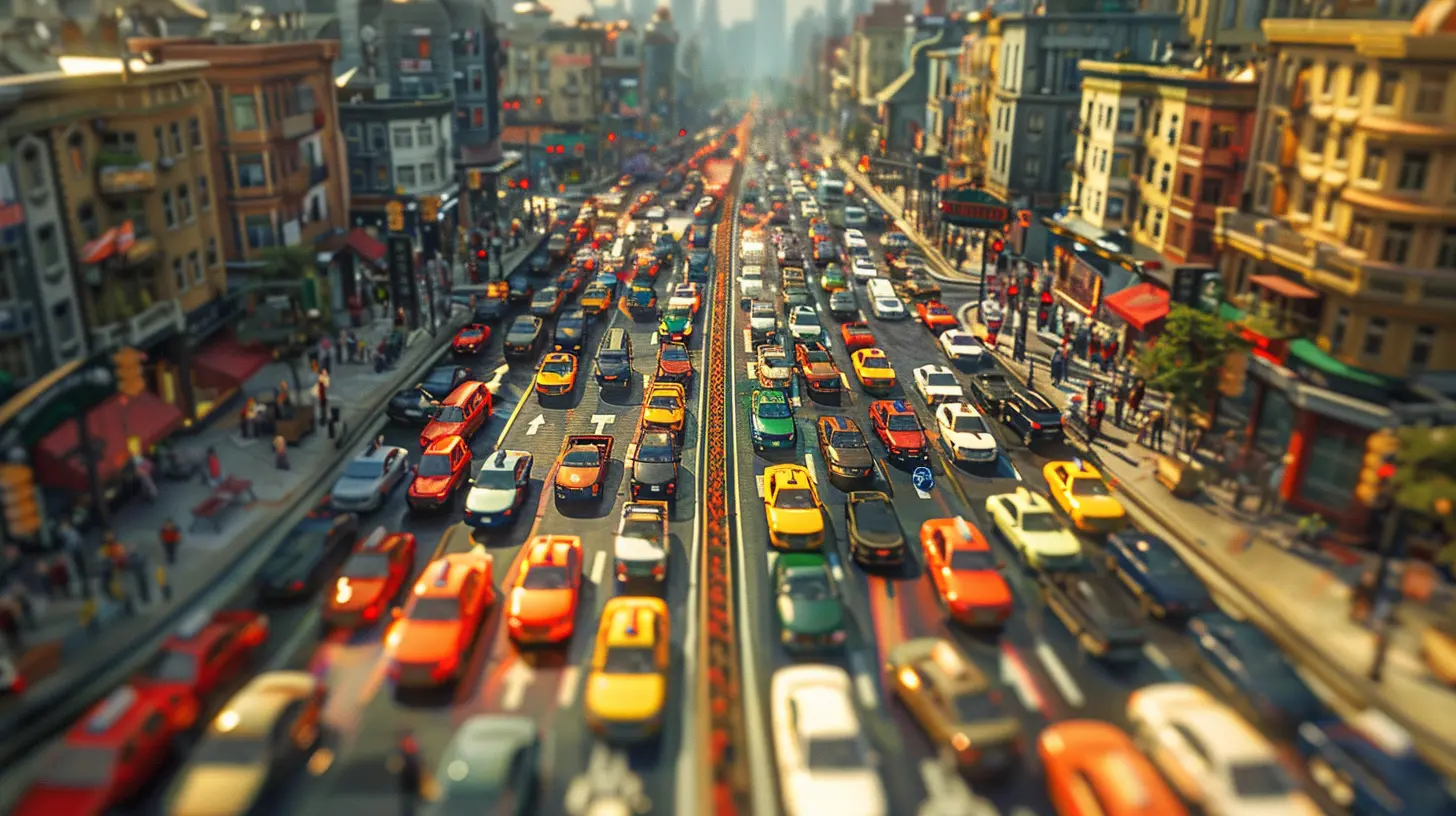
Common Traffic Management Pitfalls
Before diving into solutions, let’s address the rookie mistakes we’ve all made at least once:1. Overloading One Main Road
Have you ever dumped too many cars onto a single highway? It’s tempting to run one big road straight through your city, but this can quickly turn into a bottleneck. Think of it like trying to cram an entire buffet’s worth of food through a single straw. Ain’t gonna happen.2. Ignoring Zoning Relationships
You’ve got industrial areas on one side of the map and residential zones on the other. While that may look tidy, it’s a recipe for long commutes and clogged roads. People need shorter, more direct paths to work. Make it hard for them, and they'll crowd your streets like ants at a picnic.3. Too Many Intersections
A road network with too many intersections might seem efficient at first glance. After all, more roads equal less traffic, right? Wrong. Too many intersections lead to constant stopping and starting, which slows everything down like hiccups during a speech.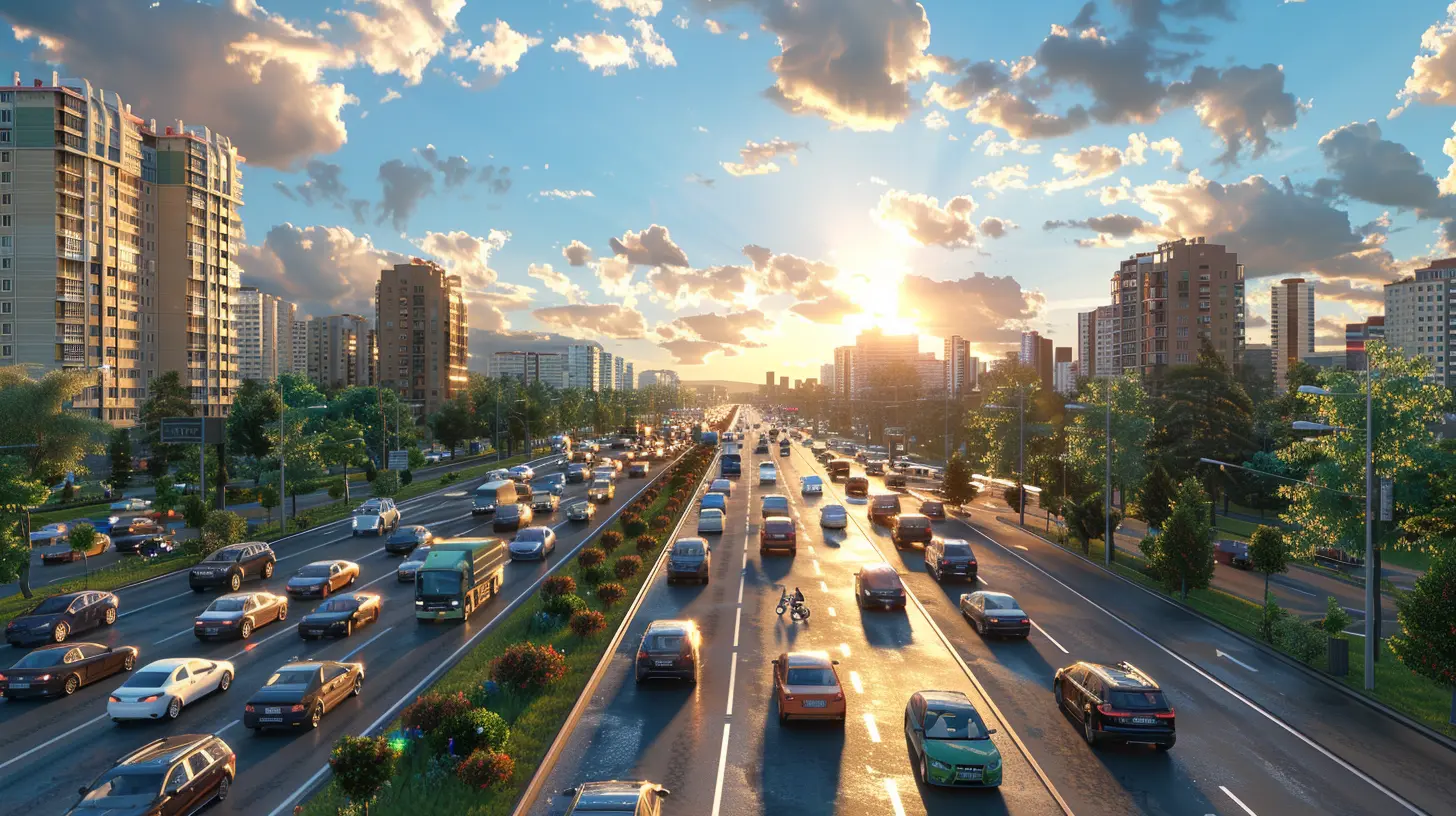
The Key Principles of Traffic Flow
Now that we’ve uncovered the usual culprits, let's talk solutions. What separates a chaotic city from a streamlined, well-oiled urban machine? Let’s dive into the building blocks of excellent traffic management.1. Think Like a Traffic Engineer
Before placing a single road, pause and think about traffic behavior. Ask yourself: How are people and goods moving around your city? What’s their end goal? People want to get to their destination as quickly as possible. Your job is to remove as many obstacles as you can. Use highways for long-distance travel and smaller roads for local areas, and make sure they connect logically.Imagine it like building a water slide. The flow of water needs to be unobstructed, fast, and smooth. If there are sharp turns or sudden stops, it ruins the fun—and in the case of traffic, the functionality.
2. Prioritize Public Transport
Let’s face it: There’s only so much space on a map. If every citizen drives their car to work, you’ll run out of road real fast. This is where public transport comes in. Subways, buses, and trams are traffic superheroes—they move a ton of people using way less space. If you're not factoring in mass transit, you're basically asking for traffic Armageddon.Pro tip: Place transit hubs near residential areas and close to workplaces. This encourages citizens to ditch their cars in favor of quicker, more efficient options.
3. Use Roundabouts to Your Advantage
Roundabouts aren’t just fun to say—they’re also traffic legends in city simulators. These little circles of order keep vehicles flowing without the need for stop signs or lights. They’re ideal for busy intersections and can significantly reduce congestion.Think of roundabouts as the traffic equivalent of a dance floor at a wedding. Everything flows smoothly as long as people know when to step in and when to step out.
4. One-Way Streets Are Underrated
Ever seen two cars trying to squeeze past each other on a narrow road in your game? Frustrating, right? One-way streets can help reduce these situations. By controlling traffic direction, you eliminate head-on conflicts and streamline the flow. Use them wisely in crowded downtown areas or near busy intersections.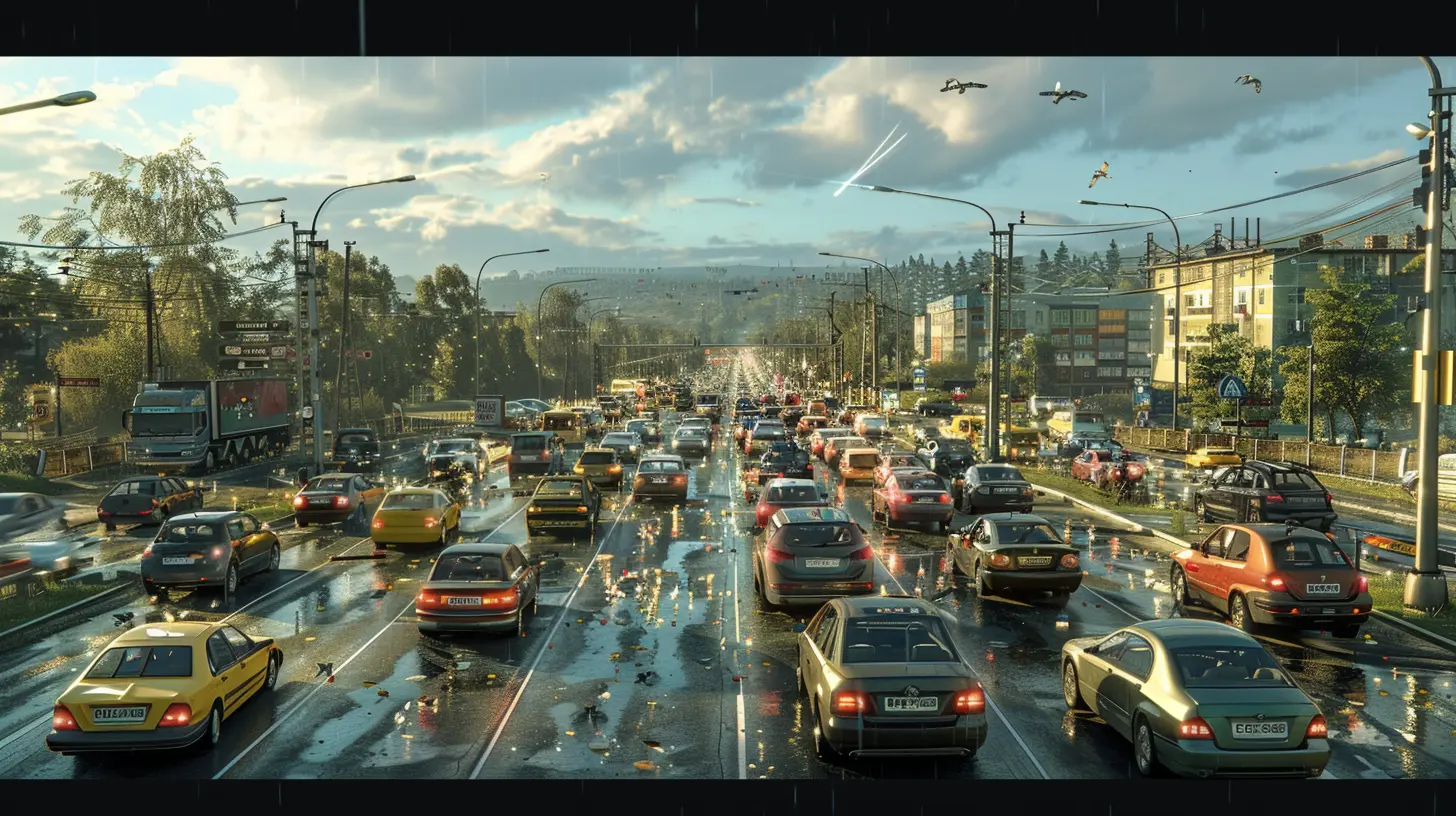
Advanced Tips for Experienced City Planners
For those of you who’ve mastered the basics but still find yourself battling occasional gridlock, here are some advanced strategies:1. Optimize Traffic Lights
Traffic lights don't have to be the bane of your existence. Smart traffic lights (available in some simulators) can adapt to real-time congestion patterns, minimizing wait times. If your game doesn’t have that option, try spacing out intersections to reduce the number of lights in busy areas.2. Create Dedicated Lanes
Ever notice cars clogging up one lane while the others stay empty? This happens when every vehicle wants to turn left, right, or go straight from the same lane. Solve this by creating dedicated lanes for each direction. It’s like splitting your to-do list into neat categories—way less chaos.3. Plan for Growth
One of the biggest mistakes players make is designing a road network that works for a small population but collapses as the city grows. Always think ahead. Leave room for road expansions, consider future traffic loads, and don't be afraid to redesign major areas as your city evolves.The Role of Simulation Tools
Most city simulators come with tools to help you analyze traffic flow. Heat maps, for example, can show you where congestion is building up. These tools are your city-planning crystal ball. Use them to tweak problem areas, redirect traffic, or add new routes.The Satisfaction of a Well-Oiled City
Let’s not forget why we even care about traffic in city simulators in the first place—it’s ridiculously satisfying to watch. There’s nothing quite like zooming out and seeing cars humming along in perfect harmony, people using public transport efficiently, and goods reaching their destinations on time. It’s the digital equivalent of watching dominoes fall perfectly into place.But beyond the visuals, there's also the sense of accomplishment. Knowing you’ve built a city where chaos once reigned is just plain rewarding. It’s not just about solving problems; it’s about mastering the art of urban planning.
Final Thoughts
Mastering traffic flow in city simulators is no easy feat. It takes patience, experimentation, and a dash of trial and error. But with the right strategies—smart road layouts, effective public transport, and a focus on minimizing congestion—the transformation from chaos to order is totally achievable. And hey, if you mess up along the way? That’s part of the fun. After all, every great city was built on lessons learned.So, go on. Open up your favorite city simulator, tackle those traffic problems head-on, and take pride in building a city where the roads actually make sense.
all images in this post were generated using AI tools
Category:
Simulation GamesAuthor:

Pascal Jennings
Discussion
rate this article
4 comments
Spencer McKinney
Great insights! Mastering traffic flow can truly transform gameplay. Excited to apply these strategies in my next city-building adventure!
May 18, 2025 at 4:04 PM

Pascal Jennings
Thank you! I'm glad you found the insights helpful. Best of luck with your city-building adventure!
Skyler Marks
In a world where chaos reigns, mastering traffic flow transforms challenges into triumphs! Embrace the journey of city building, where creativity meets strategy, and every turn brings you closer to crafting the perfect urban harmony. Keep designing your dreams!
May 10, 2025 at 4:42 PM

Pascal Jennings
Thank you! Embracing creativity and strategy is key to transforming urban chaos into harmonious flow. Let's continue to design our dream cities!
Sablethorn McRae
Great insights on managing traffic flow in city simulators! The tips provided will definitely help players create more efficient and realistic cities. Looking forward to implementing these strategies in my next game!
May 8, 2025 at 4:55 AM

Pascal Jennings
Thank you for your feedback! I'm glad you found the tips useful and can't wait to see how you implement them in your next game!
Sera Kane
Embrace the challenge of transforming chaos into harmony! Every city you build is a chance to unleash your creativity and sharpen your strategic thinking. Keep going!
May 5, 2025 at 4:00 PM

Pascal Jennings
Thank you! Embracing chaos is indeed the key to crafting vibrant, functional cities. Your encouragement fuels the creative process!
